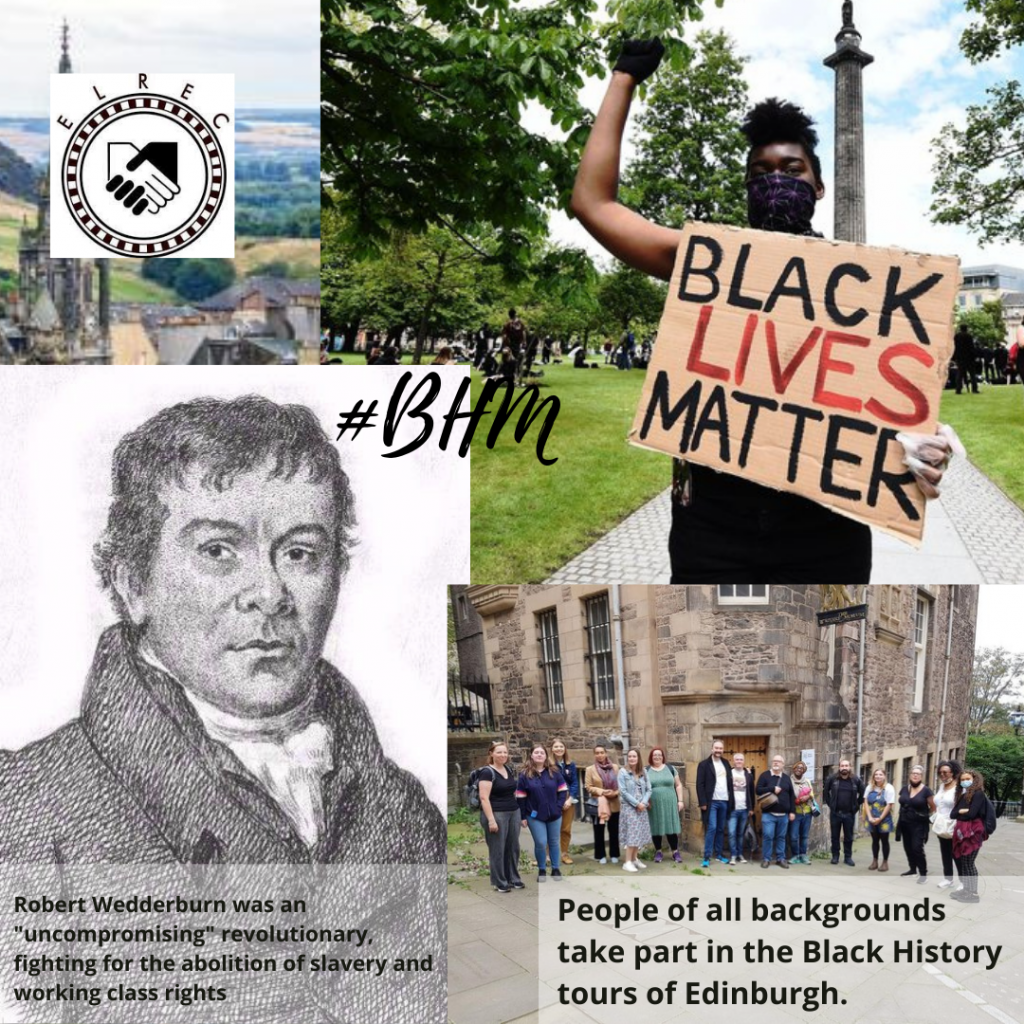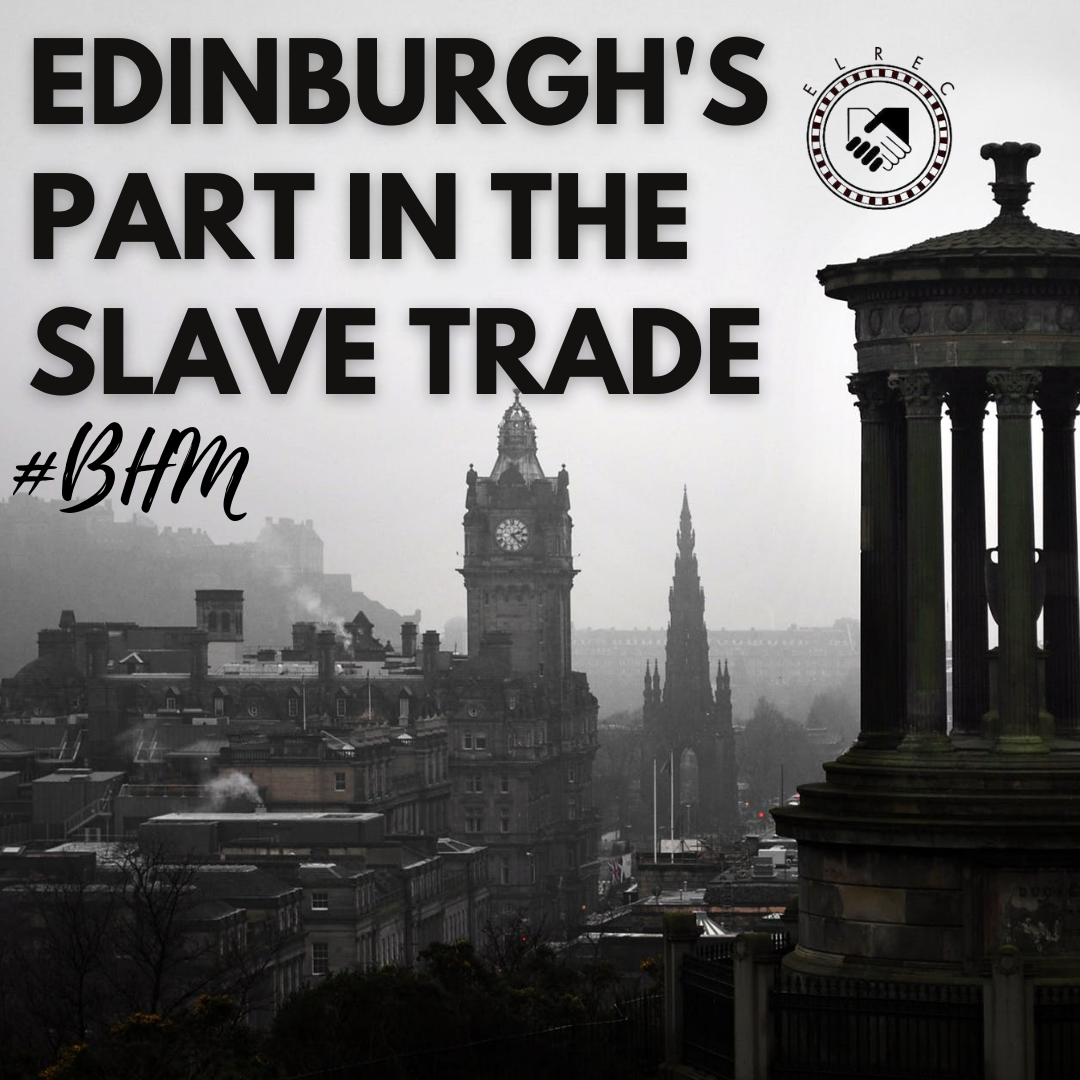It is a side of Scotland’s past not widely spoken of – the disproportionately high connections to the slave trade, the legacy of that wealth on spaces like the New Town, and the relevance which carries to the modern day.Remembering how Edinburgh benefited from the mistreatment of enslaved people is important in ensuring that the same inexcusable patterns never repeat themselves again.Unfortunately, when we reflect upon the history of our capital city we can acknowledge that many people suffered at the hands of slavery in order to create the Edinburgh we see today.When we hear the name Dundas, the first thing that pops to mind is Dundas Street in Edinburgh’s city centre.Henry Dundas was a Scottish advocate and Tory politician who was considered a powerful man in Edinburgh in the eighteenth century.He used his influence to recommend delaying the abolition of the slave trade by 15 years.Henry Dundas also had a brother named George Heneage Lawrence Dundas who owned several plantations in Grenada and Dominica.According to Sir Geoff Palmer, OBE, a professor at Herriot Watt University, Edinburgh’s New Town was funded almost entirely by the dehumanising and immoral slave trade.Speaking at a Black History Month Event he said “Many of Edinburgh’s most notable citizens owned and exploited tens of thousands of enslaved people.According to the professor, when slavery was abolished in 1833, the British Government compensated many of Edinburgh’s wealthy residents with pay-outs.Scots owned more slaves, more plantations and had a higher share of the trade in plantation goods such as tobacco and sugar than England or most other European countries.A notable figure in the fight against slavery is Robert Wedderburn.Robert Wedderburn – the son of a slave and a Scottish slave owner – is turned away from his father’s home in Inveresk. He went on to fight for the rights of minority groups, and wrote The Horrors of Slavery, paving the way for abolition.It’s often quoted that the first mention of an African servant living in a house in Edinburgh is of a man named Oronoce. There’s no solid evidence this was his name but we know he was the servant of Lady Stair and lived in the Writer’s Museum in 1740.Between 1756 and 1778 slaves attempted to obtain their freedom in Edinburgh courts. The last of these appeals was successful, the case of Joseph Knight. In 1778, the runaway servant argued that Scots law could not support the status of slavery and won.By 1763 on the Caribbean island of Antigua, 62% of slave plantations were owned by Scots. Scots had gotten involved in the Transatlantic slave trade more than a century earlier.Much of Scotland’s wealth and much of the current architecture, the grand estates, and the celebrated historical figures can be connected to the kidnapping, shackling, selling, and lifetime enslavement of African people. Scotland today is known for its welcoming people and progressive society. This country, mostly, welcomes refugees and embraces cultural differences. Edinburgh itself is diverse for its small size. To learn more, you can join Lisa Williams on the Edinburgh Black History Walking Tours.#BHM#proudtobe#blackhistorymonth2021#elrec#edinburgh#equality#justice#blm#blacklivesmatter #2021










